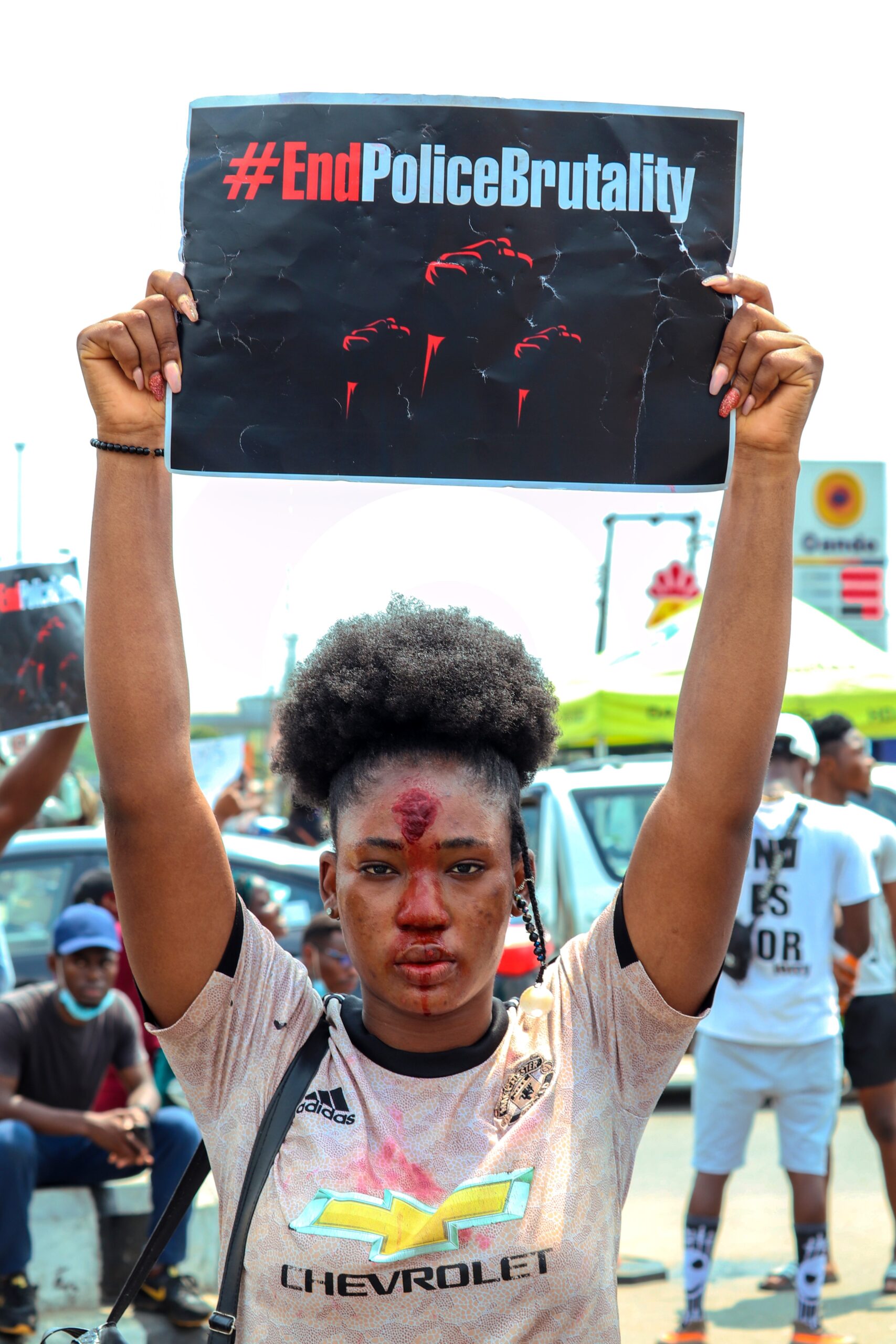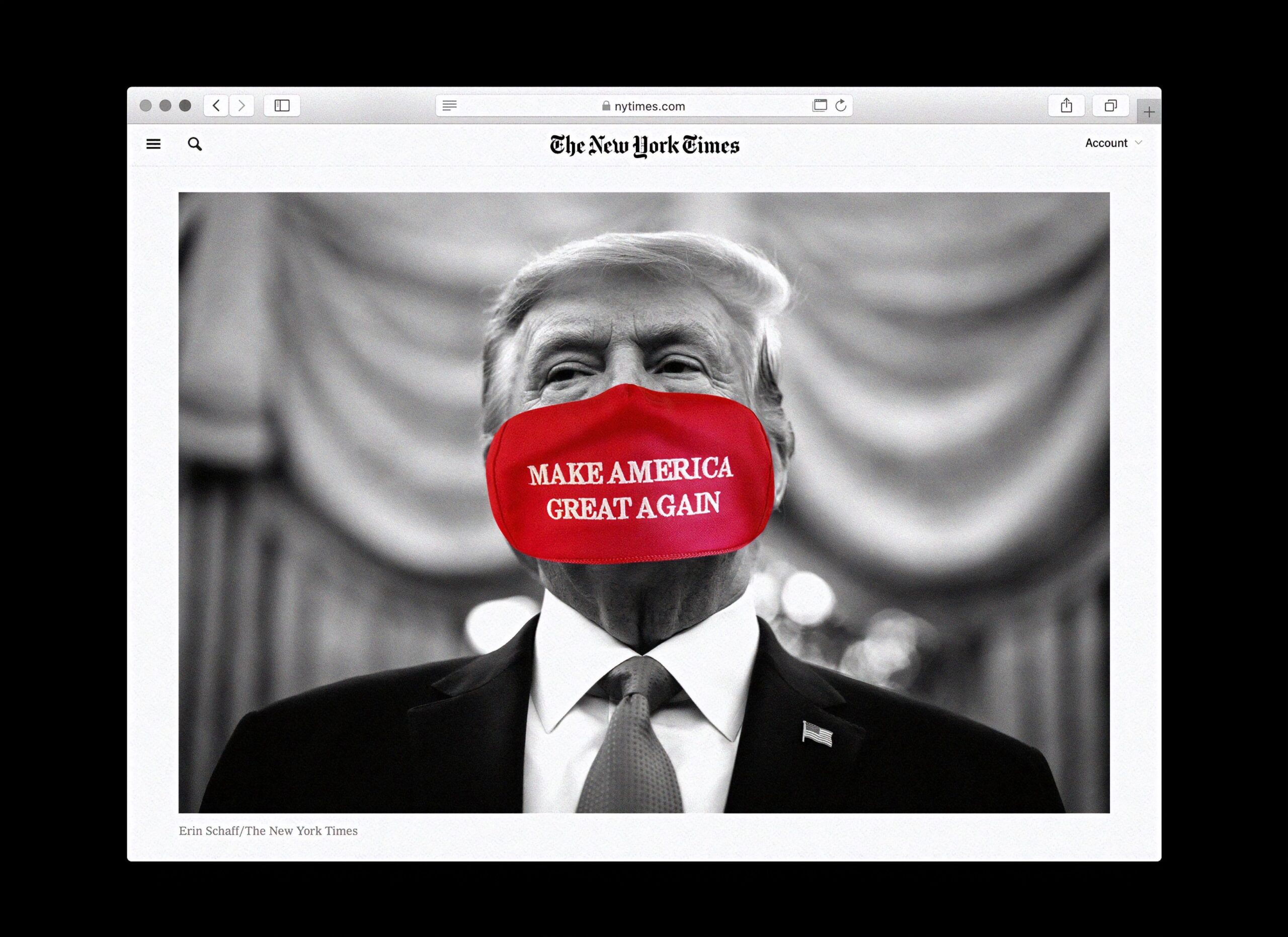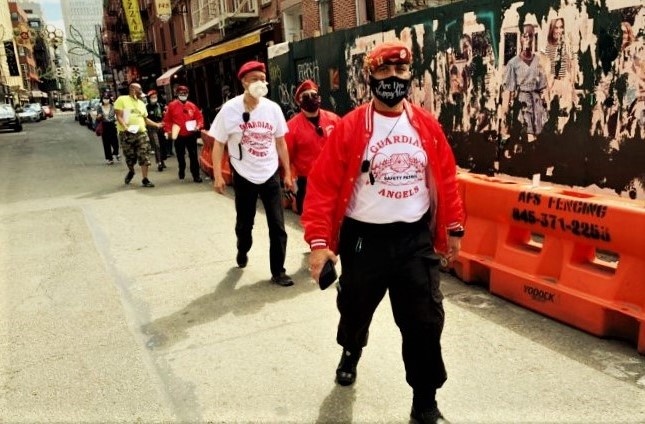
Why Doesn’t Kyle Rittenhouse Deserve Qualified Immunity?

Meet Martin Gugino – The 75-Year-Old Assaulted by the Police and Attacked by Trump

To Donald Trump: 5 Ways You’re Actually a Flawless Being Doing a Beautiful, Unbelievable Job Right Now

Guardian Angels Clash with Rioters in NYC: A Better Model for Policing?

